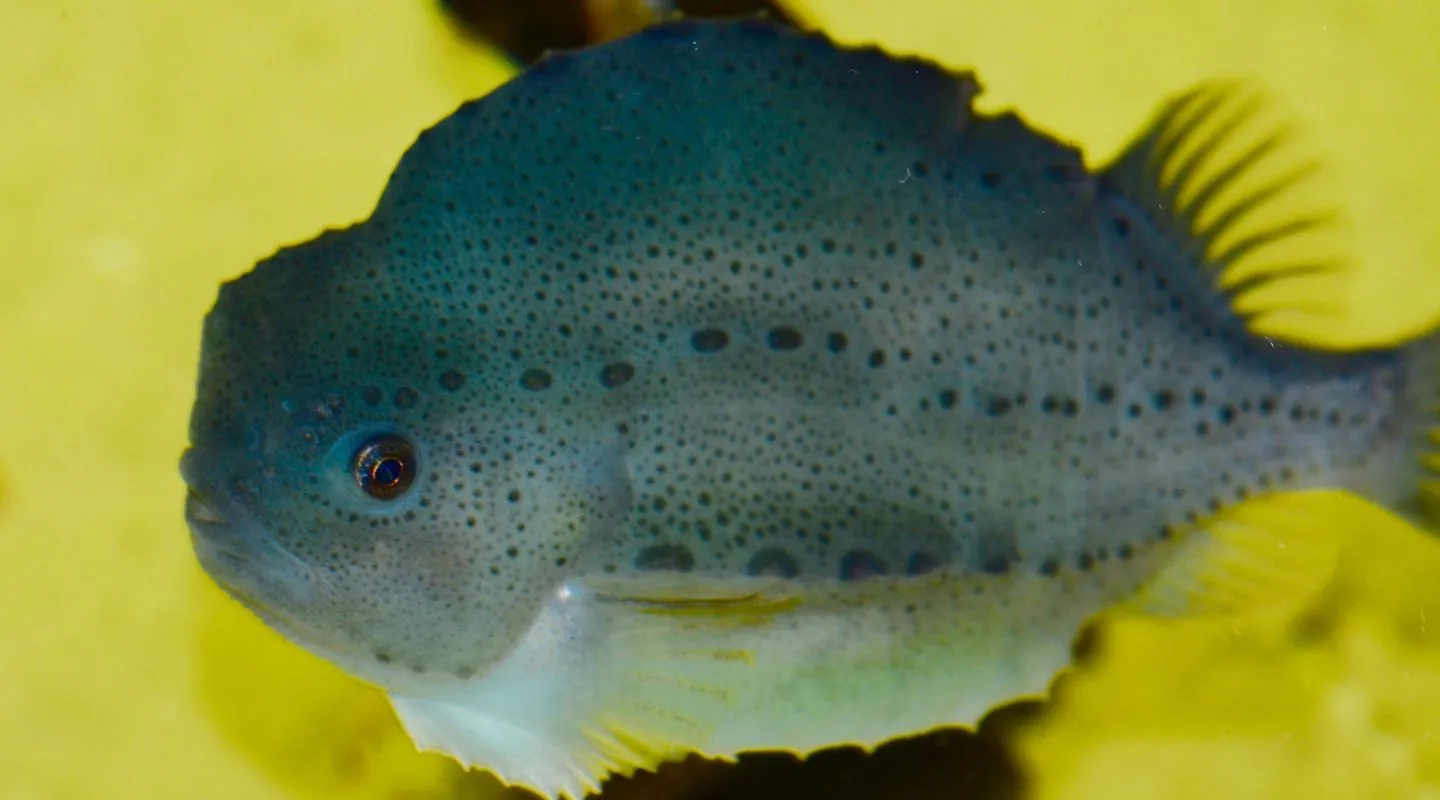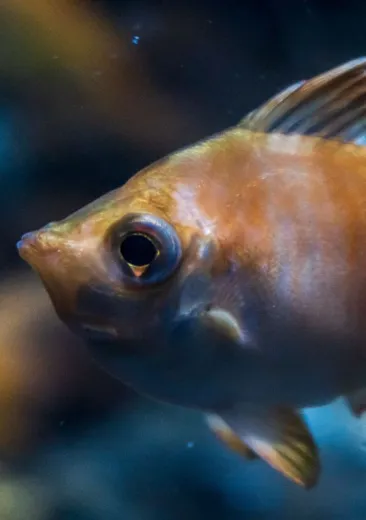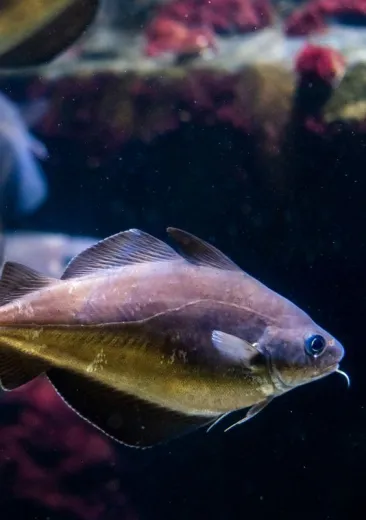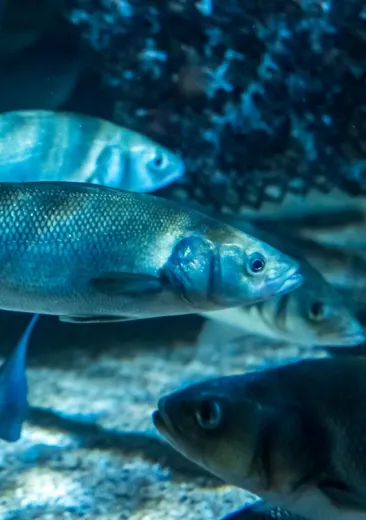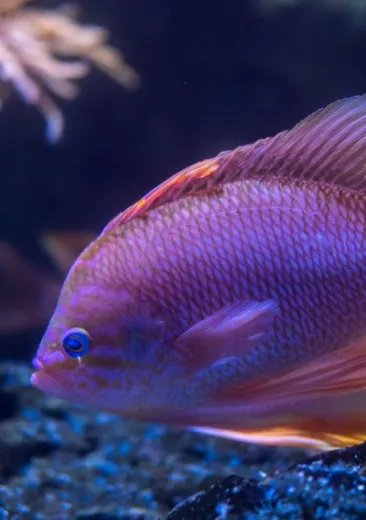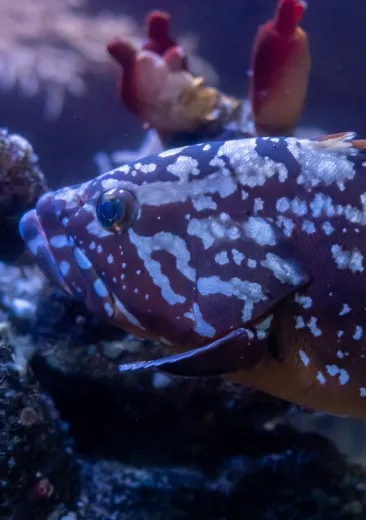Hen-fish eggs are laid in large quantities, between 100,000 and 400,000 at a time. The eggs aggregate together when they come into contact with sea water.
During this period, the male is very aggressive towards other wolf-eels as well as towards other predators. The Alaska king crab, for example, is particularly fond of them.

Identity card
Hen-fish
- Scientific name:
- Cyclopterus lumpus
- Family:
- Cyclopteridae
- Class:
- Actinopterygii
- Phylum:
- Chordata
- Year of description:
- Linnaeus, 1758
- IUCN Status:
- Near Threatened
- Distribution:
-
Temperate and cold waters of the North Atlantic Ocean.
- Habitat:
-
It lives on rocky sea beds and in open water (bentho-pelagic fish), generally between 50 and 150 metres deep.
- Size:
61 cm (female larger than male)
- Diet:
-
Jellyfish, Ctenophora, molluscs, worms, echinoderms, crustaceans and even small fish such as herring.
- Longevity:
14 years
